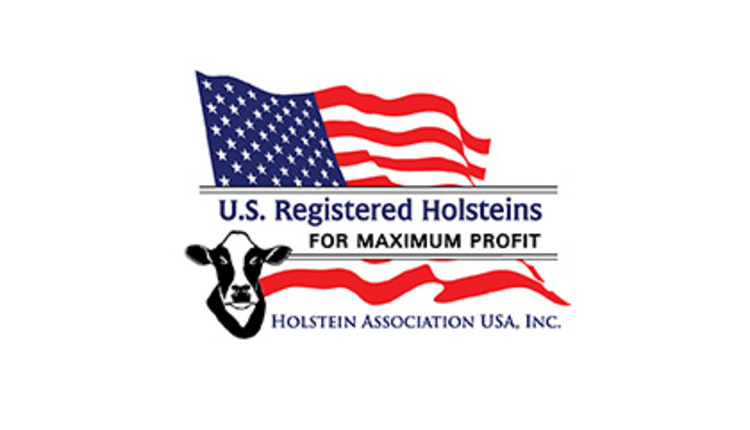
Lyden Rasmussen, owner of Koro Dairy, hosted a successful grazing and pasture management field day on July 26, 2018, to teach other farmers about the benefits of Managed (Rotational) Grazing. Koro Dairy showcased their successful transition to a managed rotational grazing operation. Through the Natural Resources Conservation Service’s (NRCS) Environmental Quality Incentives Program (EQIP), the dairy was able to obtain a managed grazing plan, and a design and installation guideline for structural practices such as fences and watering facilities. EQIP provides financial assistance for a variety of practices intended to help farmers to achieve environmental goals on their land. With the Prescribed Grazing Practice, farmers receive a flat rate payment to implement a grazing system and commit their land to permanent pasture for 5 years. “This practice includes developing a prescribed grazing plan that considers the resources on the farm, such as soil productivity, landscape, livestock type, environmentally sensitive areas and water sources to determine carry capacity and stocking rates for pastures, paddock layout and hay harvesting schedules,” said Brian Pillsbury, State Grazing Specialist for NRCS in Madison. Other EQIP cost-shared practices that facilitate this practice are fencing, animal trails/walkways, forage planting, pipeline and watering facilities.

In addition to utilizing grazing to lower the cost of production for his milking herd, Lyden is also planning on utilizing rotational grazing with his dairy heifers. Raising dairy heifers on the farm is the second highest expense on most operations. In fact, over 50% of those costs are for feed, from birth to freshening. Managed grazing can help curb those feed costs, help herd health, and more.
On hand was Cutler Fence, demonstrating equipment and fencing materials to set up an actual rotational grazing system on the farm. New technologies make fences easier to install and maintain. They are affordable and time-saving. “NRCS can help cost share a grazing setup; contact your local USDA service center to get started with a conservation plan,” said Adam Abel, NRCS Resource Conservationist. “NRCS has relationships with many local contractors who know NRCS practice requirements and standards for managed grazing; we’re looking to get landowners a fence that will last for 20 years with very little maintenance,” added Abel.
Pasture raised heifer benefits include increased milk production in the first lactation, higher fertility rates, greater herd longevity and herd health. To learn more about heifer replacement comparison costs and cost savings, read the Improving Dairy Profitability, Incorporating Managed Grazing factsheet. “If set up properly, Managed Grazing can lessen the amount of time a farmer spends growing and harvesting feed, feeding and watering cattle, and hauling manure. The cattle are doing that themselves now,” said Merrie Schamberger, NRCS District Conservationist in Oshkosh.
Field day participants were also able to walk on a new lane installed on the farm. With cattle having more access to pastures, trails can get worn down. Installing a lane with EQIP financial assistance that meets NRCS standards enables livestock easy, reliable access to pastures. “Lanes are designed to be elevated and pitched in the center so water goes off both sides,” explained Mike Haase, Winnebago Land and Water Conservation Department (LWCD). He adds, “This lane is designed to meet NRCS standards and last for years; Lyden can do small amounts of maintenance after rainfall events to keep the lane functional for his livestock.”
Next, Abel presented a rainfall simulator demonstration. The rainfall simulator demonstrated that samples with long time no-till, cover crops and actively managed pasture had higher rates of infiltration than conventional field samples. Conventional samples had much more runoff and less infiltration. “Pasture that is well managed is by far the best filter we can put on the land to protect from runoff,” said Abel. “The great thing about rotational grazing, if it’s done right, you can get as much yield out there as you could if you were taking your tractor out there and cutting it; you can reduce your labor and your cost to harvest feed for at least 6 months out of the year. A whole farm filter to keep water and soil in place; that’s why NRCS is here to help farmers with managed grazing,” added Abel.
Participants walked through Koro Dairy’s rotationally grazed pastures, seeing first-hand how easy it was to move livestock from one paddock to the next with NRCS cost-shared fencing. Field day presenters encouraged participants to consider managed grazing as an option whether you are a dairy, beef stocker, cow/calf, sheep, or other type of livestock producer. You can reduce your costs in seed, fertilizer, fuel, machinery and time. You can also improve overall herd health and reduce your veterinarian bills, while extending the production life of your animals. With grazing, fewer inputs and active management leads to farm profits and happy, healthy livestock.
The field day was planned in partnership with the U.S. Department of Agriculture, NRCS; Winnebago LWCD; University of Wisconsin—Extension and Cutler Fence. For more information about incorporating managed grazing on your farm, contact your local USDA‒NRCS Service Center.


